What Turnitin Does & Doesn’t Check: Similarity, AI & Beyond

Turnitin is widely known as a tool for spotting plagiarism—but what does it actually check?
From matching student writing with billions of sources to detecting AI-generated content, Turnitin offers educators a range of insights. However, it’s not as simple as flagging “cheating” or giving a pass/fail score.
Let’s break down exactly what Turnitin looks for—and what it doesn’t.
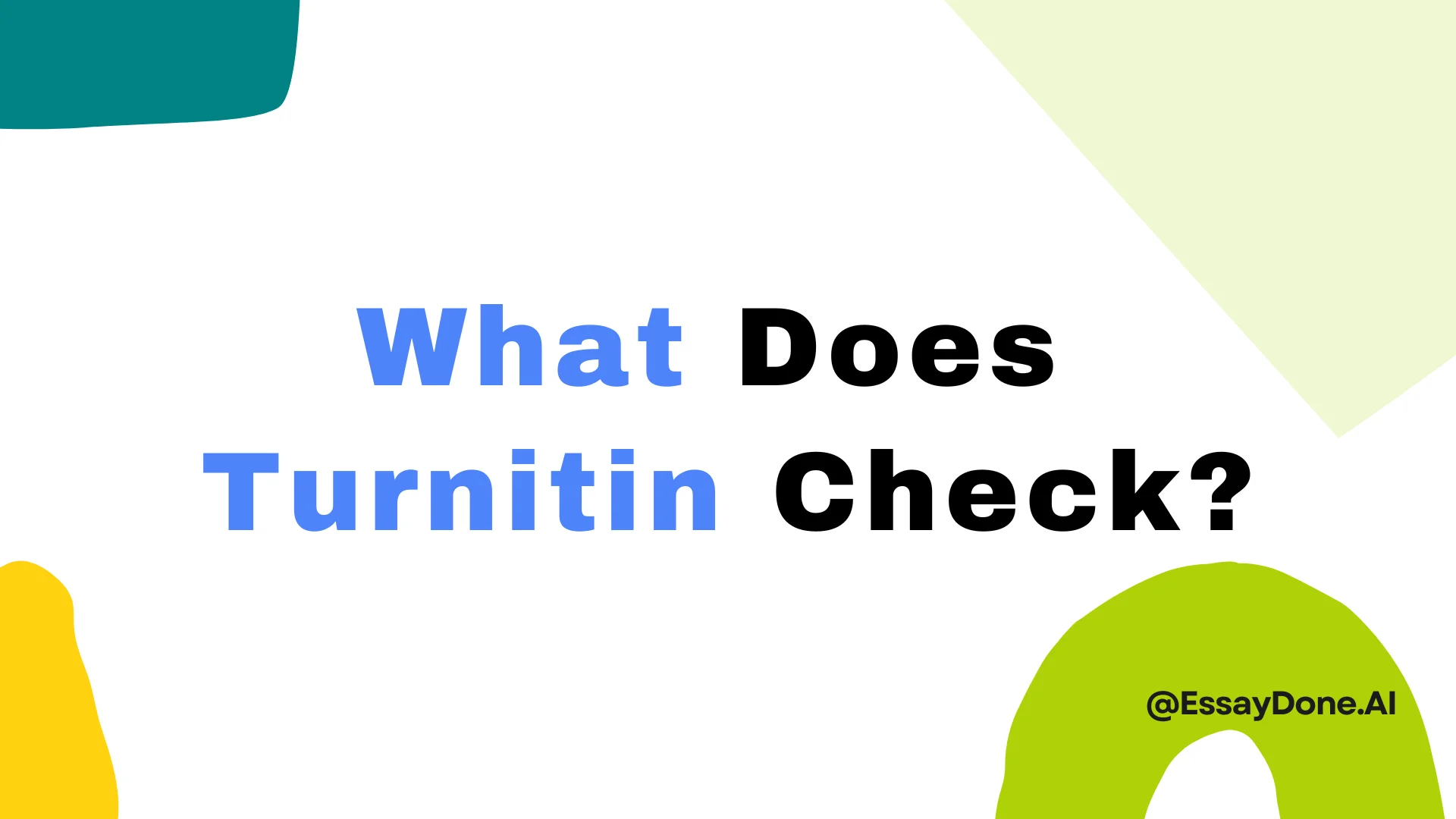
What Is Turnitin? What Does It Check For?
Turnitin is a tool designed to uphold academic integrity. Used by most universities and colleges, it’s often built right into platforms like Moodle, Canvas, or Blackboard. When you submit your paper, Turnitin automatically runs checks in the background—no extra clicks required.
So what is it checking for? Turnitin compares your writing against a massive database of internet sources, academic publications, and student submissions. It highlights any matching text and flags possible plagiarism. If AI detection is turned on, Turnitin's AI detector may also evaluate whether parts of your paper were likely generated by artificial intelligence.
Does Turnitin Check for Plagiarism?
According to Turnitin, the answer is no—Turnitin does not check for plagiarism. What it generates is called a Similarity Report, not a plagiarism report, and this distinction is intentional.
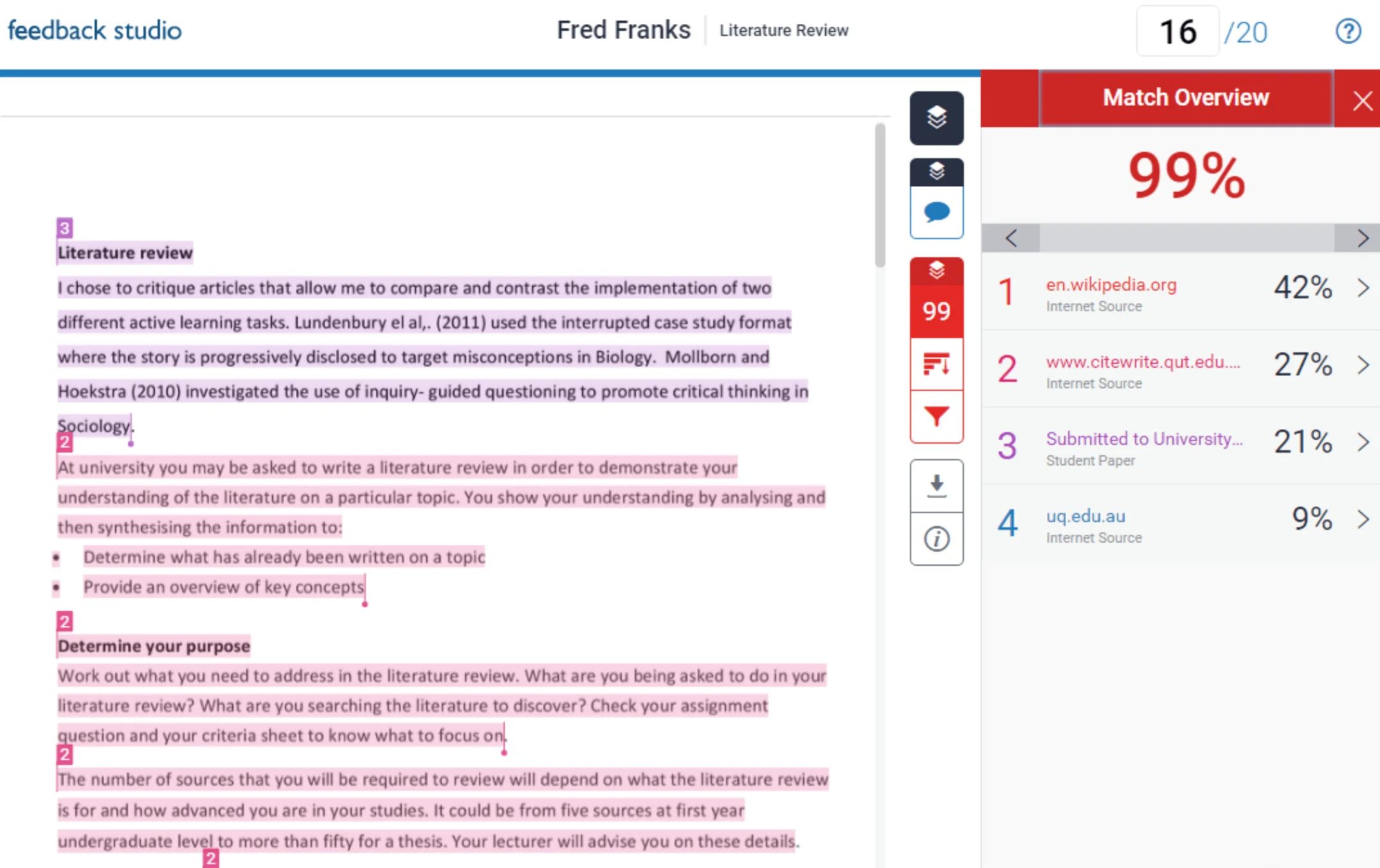
When a paper is submitted, Turnitin compares the text against a large database that includes internet content, academic publications, and previously submitted student papers. It highlights any matching text and calculates a similarity percentage, which reflects how much of the submission resembles existing sources. The matches are shown with color-coded highlights, and each match links to its source for further review.
However, Turnitin does not make judgments or accusations. The presence of similar text does not automatically mean plagiarism has occurred. For example, a direct quotation with proper citation will still be marked as a match. Similarly, text that lacks proper attribution may appear identical to a source and be flagged—but it's up to the instructor to determine whether this constitutes a violation.
On the other hand, some instances of poor paraphrasing or unattributed ideas may not be flagged by Turnitin at all. This means not all plagiarism is caught by similarity, and not all similarity is plagiarism. That’s why a low similarity score doesn’t always mean a paper is free of issues, and a high score isn’t automatically proof of misconduct. The report simply presents the data; how it's interpreted depends on academic policies and instructor judgment.
Does Turnitin Detect AI?
In addition to similarity, Turnitin now includes a feature that attempts to detect content generated by artificial intelligence. This includes two types of AI use: text written by generative AI tools (such as ChatGPT) and text modified by AI paraphrasing tools. The detection results are presented as part of the Similarity Report, but access to this feature is controlled by institutions. Whether it is enabled—and whether instructors can see it—depends on school settings. Students do not see AI detection results.
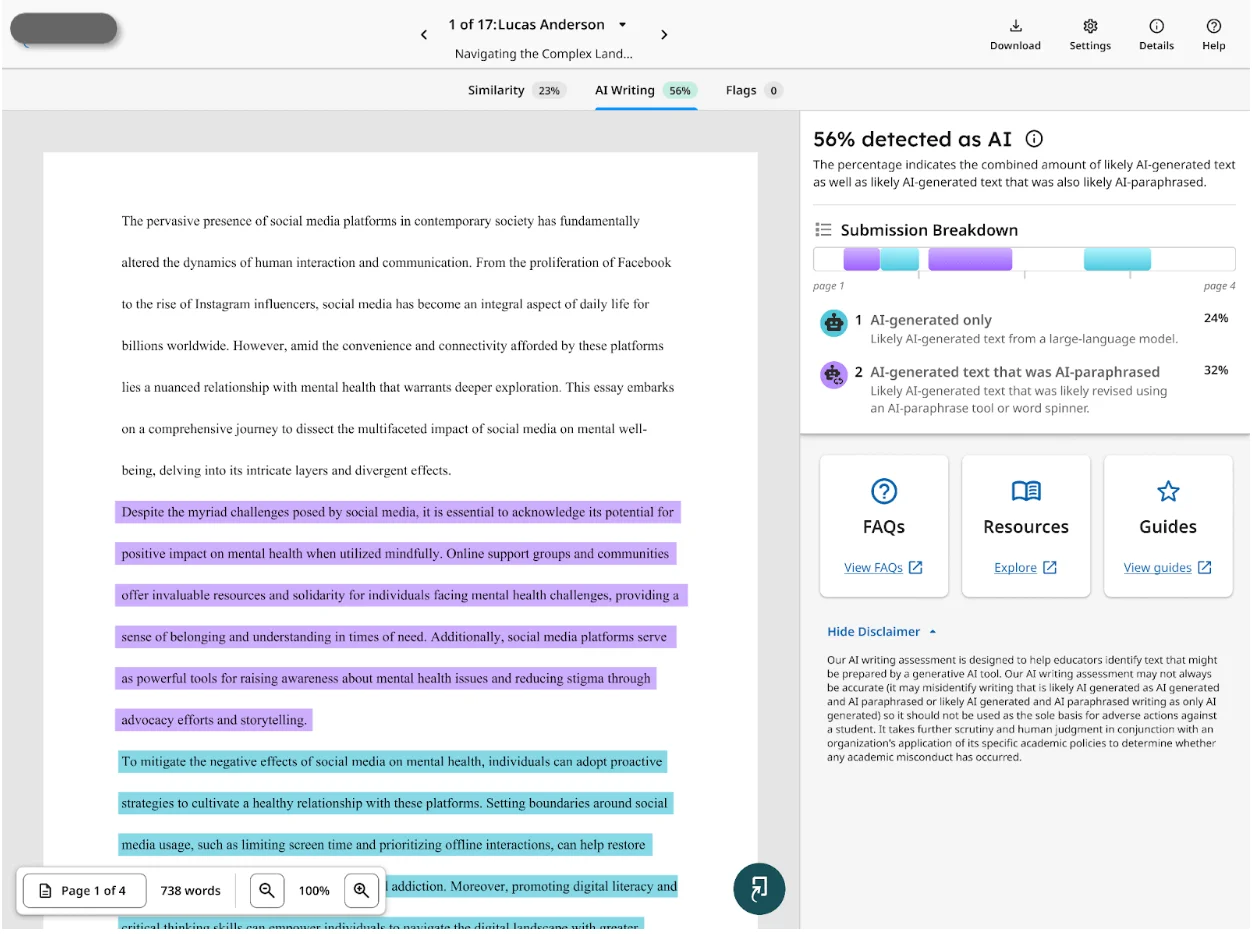
Turnitin’s AI detection workers are its own AIW and AIR. How does Turnitin AI detector work? The process is to split the text into small pieces and analyze each piece using its proprietary model. The system then marks any sections that are predicted to be generated by AI tools or heavily edited. These marked sections are displayed with AI writing indicators to provide educators with additional data points when reviewing submissions.
Importantly, Turnitin has stated that this tool is not intended to accuse or punish, but rather to support educators by offering more context. Final decisions still rest with the instructor, who must weigh all available information—including a student’s writing habits, past work, and course performance—before drawing conclusions.
How accurate is Turnitin? AI detection technology is complex and still evolving, and Turnitin emphasizes that false positives may exist. We encourage educators to handle flagged content with caution and use AI detection capabilities as a reference rather than a final conclusion.
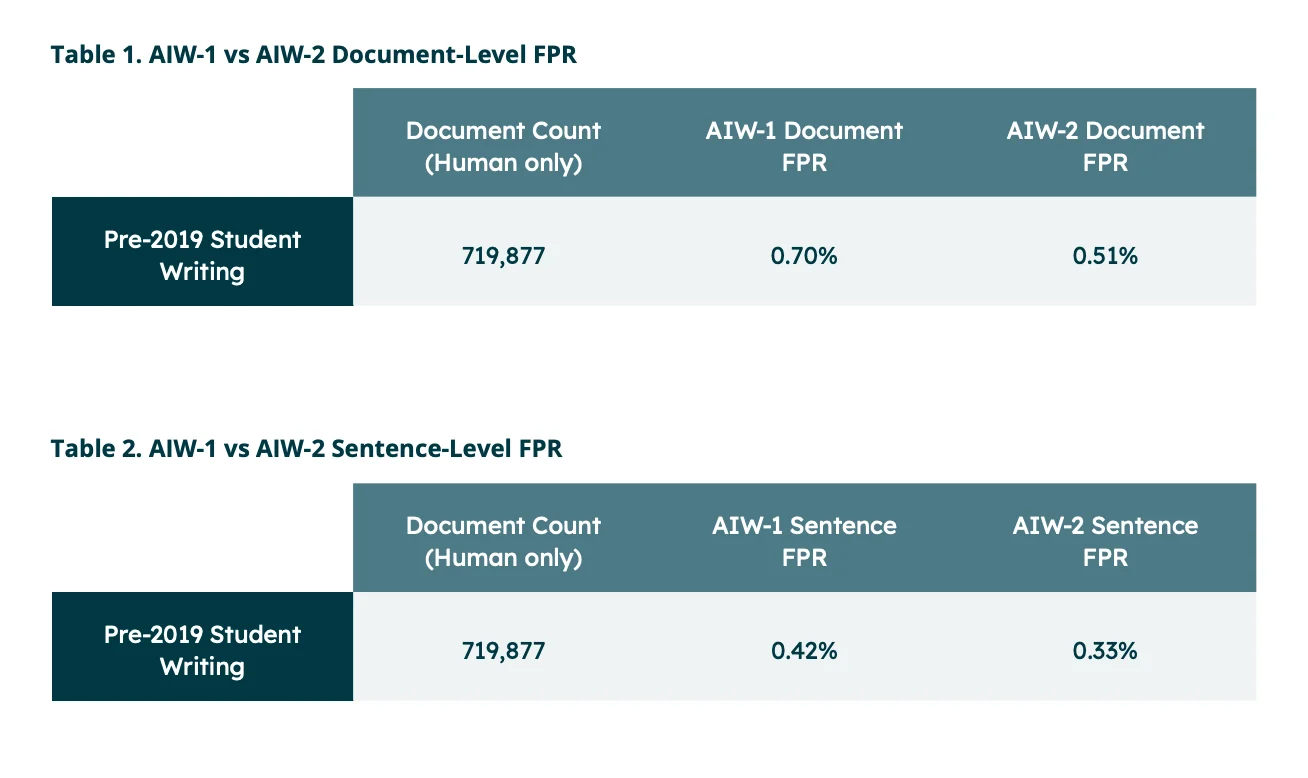
How Teachers Use Turnitin
Teachers primarily use Turnitin to uphold academic integrity while also making grading and feedback more efficient. Beyond checking for text similarity, Turnitin offers tools like GradeMark™ and QuickMark™. GradeMark™ allows educators to provide detailed, specific comments within student papers, while QuickMark™ lets them quickly add frequently used remarks for common issues. Additionally, rubric scorecards help standardize grading based on preset criteria.
However, not all educators fully accept Turnitin’s AI detection features. Some have raised concerns about the accuracy of AI-generated flags and worry that relying on these tools might undermine trust between students and teachers.
Moreover, many instructors have noted in forums like Reddit that neither similarity scores nor AI detection results should be taken as standalone indicators. Instead, interpreting these findings depends heavily on the context of each individual case.
What Turnitin Doesn’t Detect
Let’s summarize the key limitations of Turnitin.
First, Turnitin does not detect plagiarism directly. As Turnitin itself states, it generates similarity reports, not plagiarism reports. It’s up to instructors to interpret the results and decide whether academic misconduct has taken place.
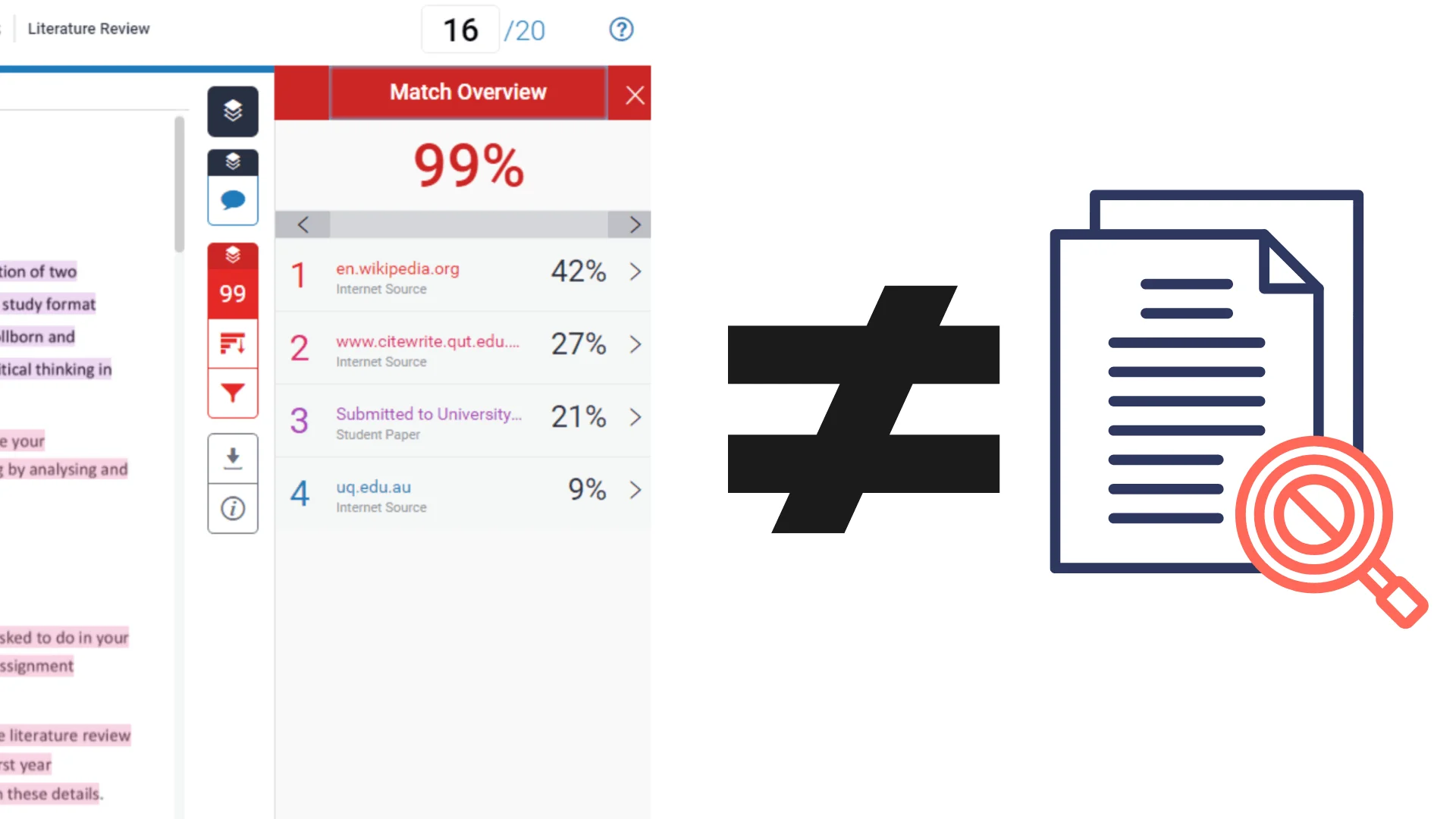
Turnitin also cannot verify citation accuracy or evaluate paraphrasing quality. It highlights matched text regardless of whether it is correctly cited. That means even well-cited material can appear as a match in the report.
Additionally, Turnitin is unable to assess the originality of ideas or the quality of writing. It does not evaluate whether an idea is innovative, insightful, or copied—it only checks textual similarity. Likewise, Turnitin does not grade writing mechanics such as structure, tone, or grammar.
Turnitin also cannot detect sources that aren’t part of its database. This includes:
Print materials (e.g., books not uploaded or scanned)
Subscription-only academic journals or repositories
Niche or low-visibility online content
If the material is not in Turnitin’s database, it will not be flagged—even if it’s copied.
Finally, Turnitin does not catch other forms of academic dishonesty such as:
Contract cheating (buying a paper)
Data fabrication or falsification
Unauthorized group work or collaboration
These fall outside Turnitin’s scope as a text-matching system.
Together, these limitations show that Turnitin is a tool—not a verdict. Its reports offer supporting evidence, but the final judgment must always be made by a human evaluator.
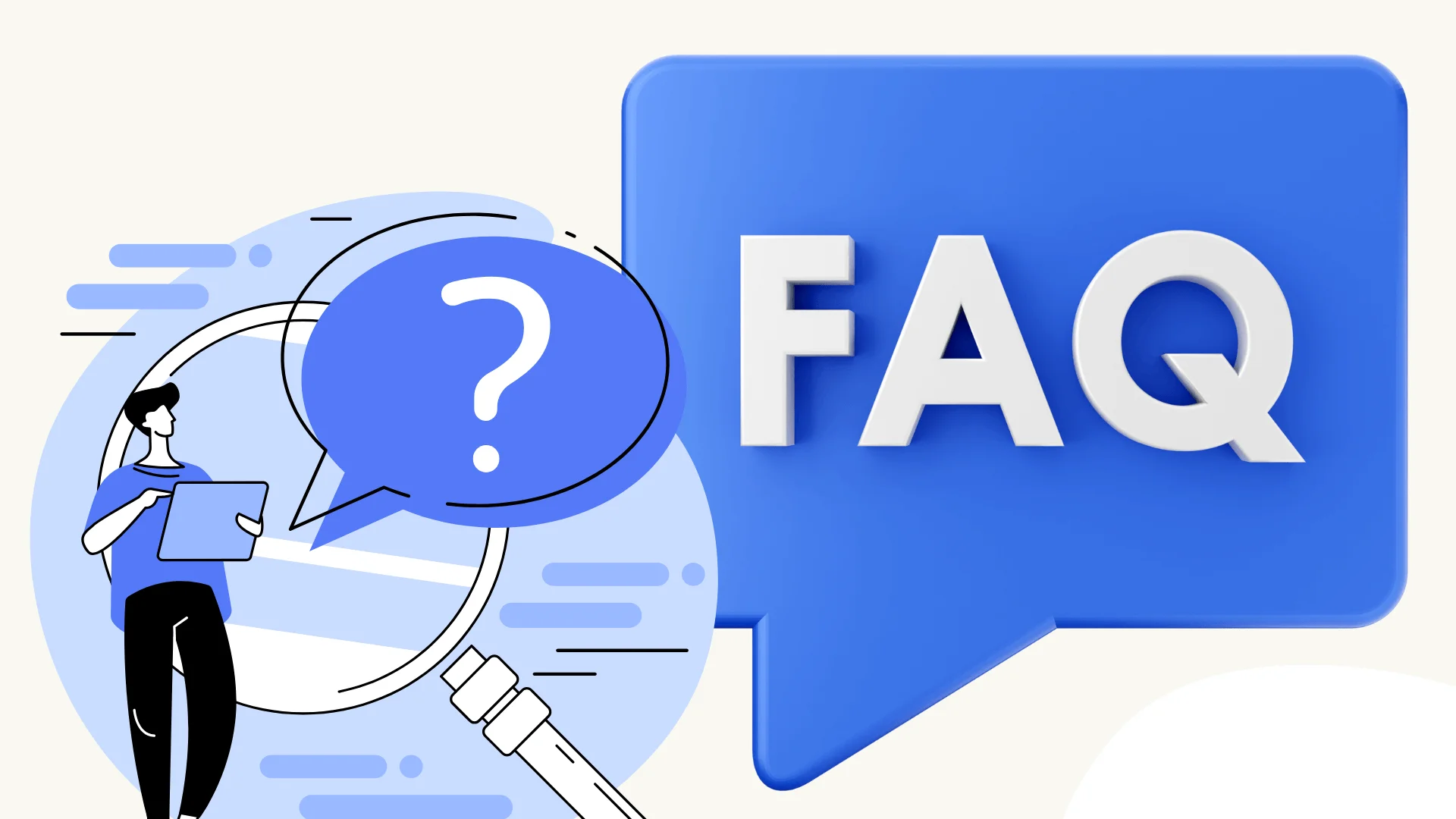
FAQ
Can Turnitin actually detect AI?
Yes, Turnitin can flag content that may be generated or paraphrased by AI, but the detection is not always accurate and is only visible to instructors if enabled by the institution.
What is the acceptable percentage for Turnitin?
There is no universal "acceptable" percentage. A similarity score below 15% is generally considered low, but instructors focus more on what is matched than the number itself.
Does Turnitin detect paraphrasing?
Turnitin may catch poor or close paraphrasing, but well-rewritten content may not be flagged. Detection depends on how similar the wording is to existing sources.
What is % detected as AI?
This refers to the portion of the text Turnitin's system predicts may have been written by AI. It’s an estimate, not proof, and should be interpreted by instructors alongside other context.
Conclusion
To wrap things up, Turnitin is great for spotting text matches and possible AI use, but it doesn’t actually catch plagiarism or judge how good the writing is.
The reports are just a starting point for teachers to look deeper. Knowing what Turnitin can and can’t do helps everyone use it smarter and keeps things fair when it comes to honest, original work.
